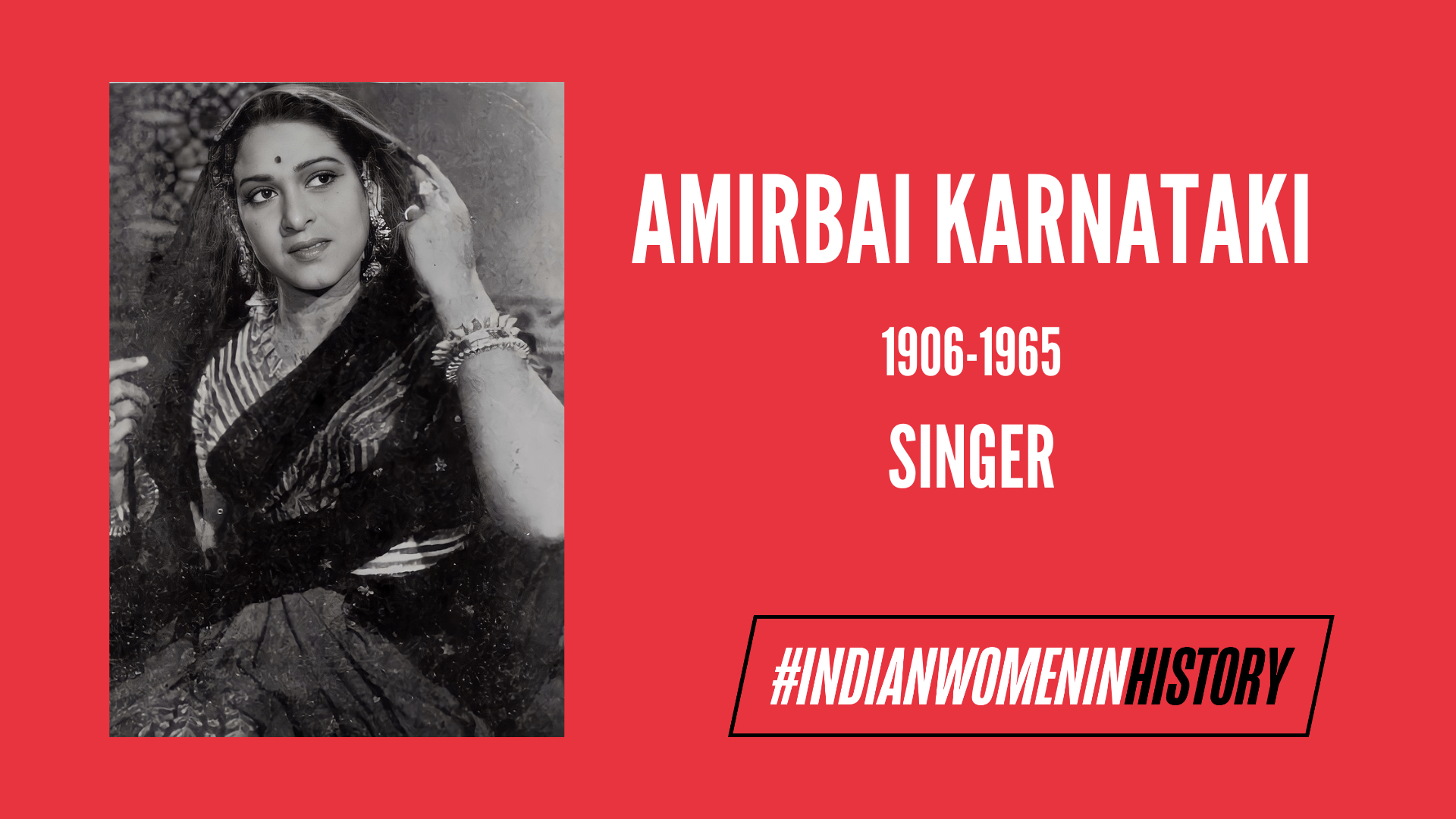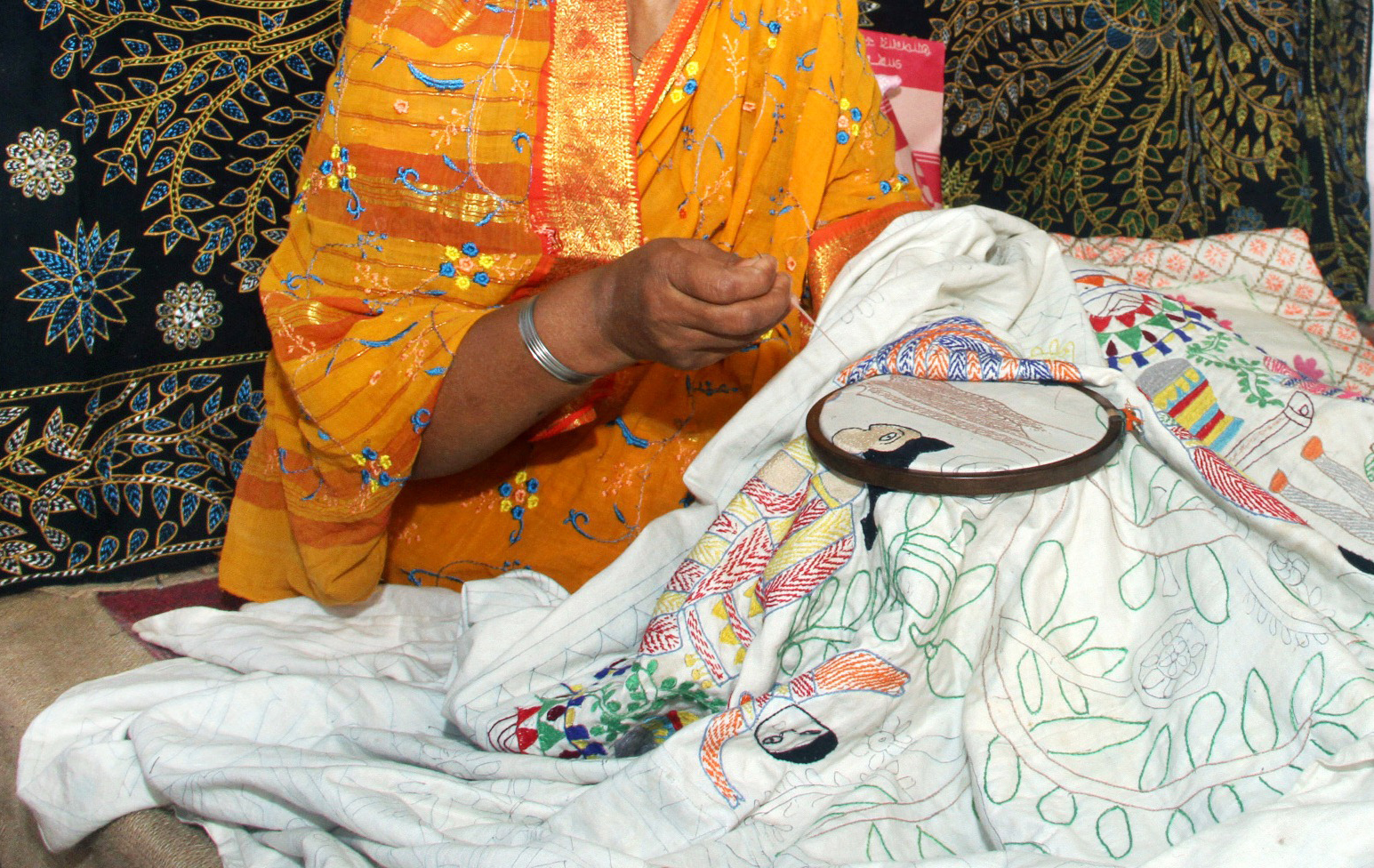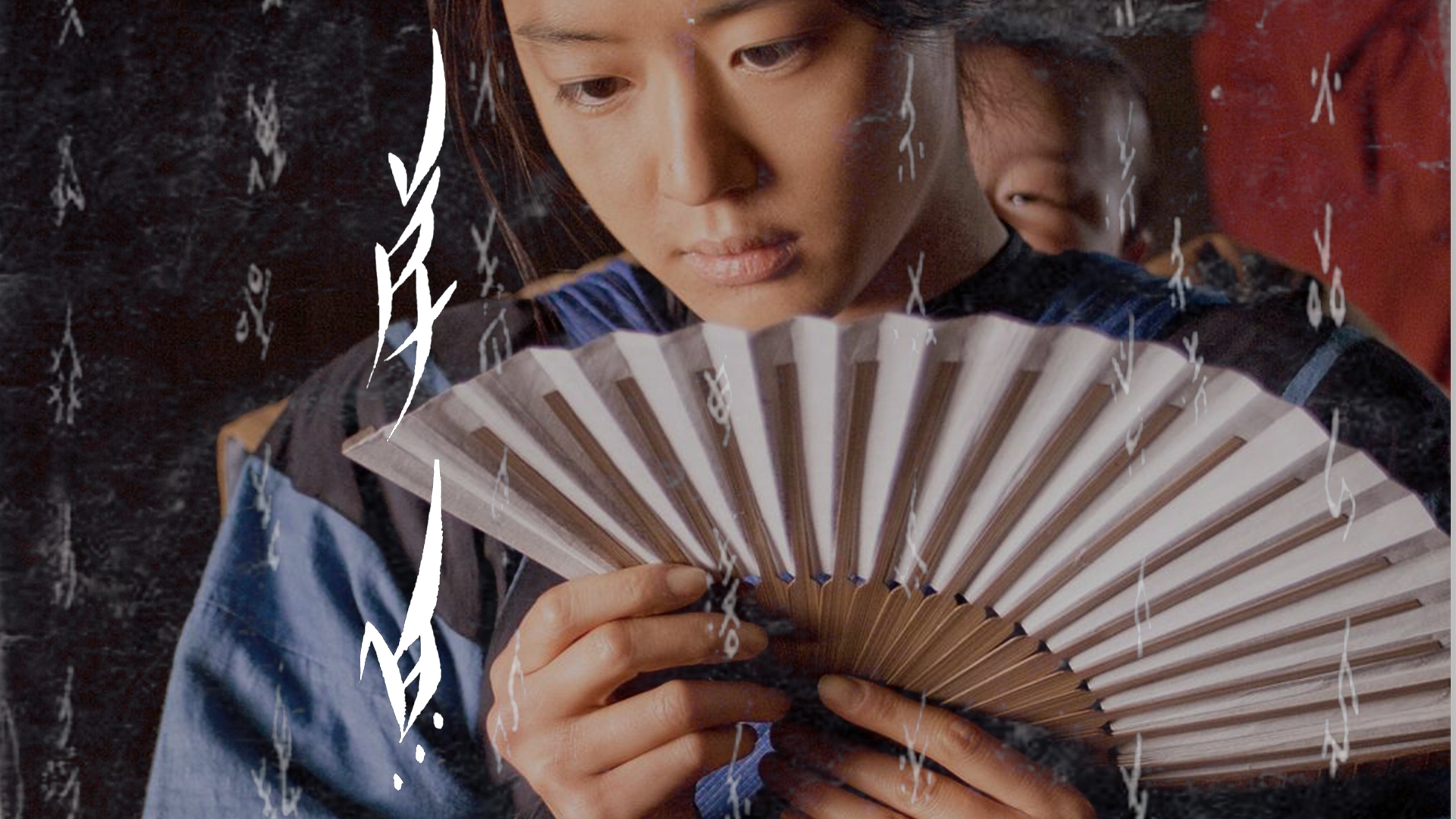Born Amirjaan, Amirbai Karnataki’s upbringing was fraught with rich cultural influences that shaped her creative inclinations. Her parents, Ameenabai and Hussain Khan, a tabla player, were active figures in the Marathi theatre scene in Bijapur, Karnataka. This exposure to a variety of languages like Marathi, Gujarati, and Kannada, gave Amirbai the repertoire that would eventually help her produce timeless songs.
Amirbai’s family was a traditional Muslim family of singers. She and her sister, Goharbai, both worked in theatre companies from a young age and gained popularity locally. Her cultural heritage is of note because, to date, Amirbai’s fans do not realise that Amirbai was not Gujarati.
Further, her sister Goharbai’s supposed seduction of Bal Gandharva, a prominent figure in Marathi theatre, was the subject of much chagrin for many of his devout followers at the time. Bijapur was known for its lively theatrical environment and the most famous artist was Bal Gandharva. He primarily portrayed the role of women in plays, since women were not permitted to act till after the 1930s. Interestingly, Bal Gandharva refused to sing “Muslim” ragas like ‘Miyan ke Malhar.’
These factors reflect the socio-cultural context of the early 20th century and provide the background against which Amirbai Karnataki managed to find success and recognition and set the stage for understanding the fluid perception of her identity.
Becoming Kannada Kokila
With the release of Alam Ara in 1931, the first talkie, many aspiring singers finally had the opportunity to showcase their skills. This was also true for the sisters, fondly known as the Bilagi sisters. Around this time, Amirbai married Himalayvala, an actor known for playing villainous roles.
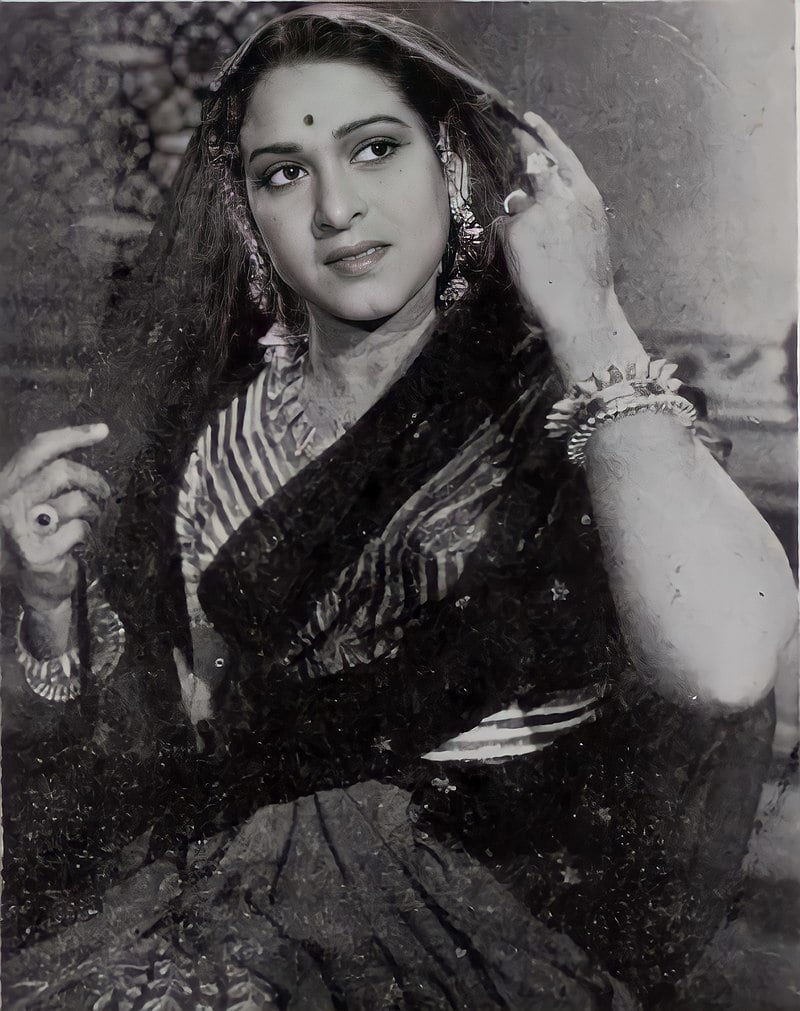
Amirbai’s initial films did not bring her the recognition she deserved. Her debut role was in a film called Vishnu Bhakti (1934/35). She was relatively unknown until after 1934 when she portrayed the leading role in Pratima. Since then, she continued to star in films like Gentleman Daku, Darshan, Station Master, and more. A few songs from her time as a singing heroine were popular, such as ‘Is Paap Ki Duniya Se,’ and ‘Ae Dard Zara Dam Le.’
Unfortunately, her popularity as a leading actress only lasted for five more years. In 1939, once Amirbai was 33, she was no longer deemed fit to appear on screen due to her “old age.” This is a classic example of how women are sidelined in the film industry. Those not deemed fit to play the role of young women are easily replaced, no matter how talented they are.
Yet, Amirbai left her mark on history as a playback singer. Playback singing only became popular around 1940. Amirbai sang her first songs as a playback singer: ‘Mere Sajan,’ and ‘Mala.’ Her repertoire ranged from religious (‘Aaye Raghuvir Aaye Ganga Ke Teer’) to inspirational songs (‘Kabhi Na Himmat Haar Bande’). Anil Biswas composed the songs for Kismet (1943), which helped Amirbai achieve the peak of her career.
Her achievements in Kannada cinema are equally noteworthy. Her first song was in the 1936 film Chiranjeevi. Not only did she lend her voice to such beautiful pieces with themes of love and devotion, but she was also a prominently featured actress in the industry. Her songs have had an interesting cross-cultural effect – renditions of her Kannada songs have been featured in Hindi films such as Mughal-e-Azam (1960).
Amirbai Karnataki’s distinguishing feature was the very fact that she could sing in a variety of musical genres – from musical heroine to playback singer, she also worked as a qawwali singer for filmmaker Shaukat Hassan Rizvi in 1945. These genres included but were not limited to, bhajan (a devotional song), na’at (poetry praising the Prophet Muhammad), lori (a lullaby), thumri (dramatic poetry or folk song characterised by dancing), ghazal (an ode), qawwali (Sufi devotional music), and more.
Seemingly, Amirbai’s professional life was on the right track. However, her private life was one full of strife: the domestic abuse she faced at the hands of her husband had escalated over the years. Several instances have been reported of Himalayavala stealing her income, kidnapping her from studios, and beating her relentlessly. Her sister and Gujarati lawyer Chelshankar Vyas eventually helped Amirbai separate from her husband for good.
Gaanewalis and censure
Although it is well documented that Mahatma Gandhi was a fan of Amirbai’s rendition of ‘Vaishnav Janato,’ it is important to remember the kind of censorship imposed during the era of radio in India. This historical perspective can aid the understanding of the social position of women who were singers by profession.
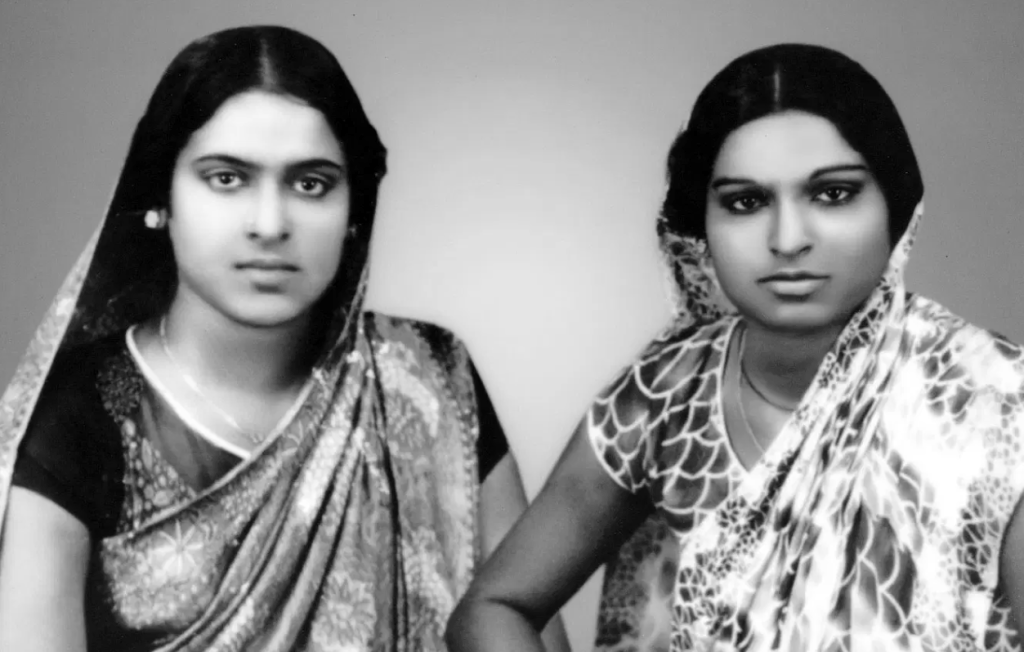
In chapter two (The Mahatma Didn’t like the Movies and why it matters: Indian Broadcasting Policy, 1920s–1990s) of the book Television in India: Satellites, politics and cultural change, Robin Jeffrey states that when Vallabhbhai Patel became the Minister of Information and Broadcasting, his first instruction was to prevent anyone with a scandalous public life from being featured on the All India Radio (AIR). This, in effect, banned Muslim women singers from being featured.
Amirbai Karnataki is one such professional singer who bore the burden of the perceived moral bankruptcy that public female figures did around the early 20th century. Her public and private lives were rife with such cases of misogyny and Islamophobia.
For the Congress, entertainment had a shameful Muslim influence, and female singers were nothing more than courtesans. This perception (which predates India’s independence), seeped into the social era of Amirbai’s time as well.
Gaanewali – a term with a history of decades of anti-Mughal attitudes reflected in the status of women. Amirbai Karnataki is one such professional singer who bore the burden of the perceived moral bankruptcy that public female figures did around the early 20th century. Her public and private lives were rife with such cases of misogyny and Islamophobia.
Women in the public sphere, primarily those whose profession was related to singing, dancing, or both, were considered to be provocative. This was due to the alleged association of the profession with tawaifs, matrilineal musicians who were thought to be “prostitutes” – a result of their Muslim association. Even if this were not true of the women’s cultural background, the fact that they pursued such a profession was seen as proof enough. Additionally, despite a majority of the gaanewalis belonging to the middle class, the driving out of the profession from the respectable circle of society affected these supposedly “elite” women as well.
Owing to her background and the social context against which her career existed, Amirbai’s prominent role as a ghost singer has been interpreted in several ways. Baburao Patel has compared the act of ghost-singing to prostitution, alluding to the fact that “female ghost singers in the Bombay industry came exclusively from courtesan backgrounds”.
Further, Amirbai and Goharbai faced strange exclusion stemming from their professional presence across languages. Marathi music lovers have admitted to purposefully neglecting the Bilagi sisters because they were from Kannada; their Muslim identity only exacerbated their “undeserving” social position.
Yet, what is peculiar is that Amirbai’s songs have repeatedly inspired patriotic sentiment during India’s struggle for independence, despite her identity on the fringes of society. From Kismet (1943), the song ‘Door hato ae duniya walo, hindustan hamara hai,’ was demanded to be viewed repeatedly owing to the inspiration it drew from the Quit India Movement.
The influence of Marathi theatre on the development of her musical sensibilities, the role of her mother tongue Kannada in advancing her career, and her identity as a Muslim woman that was simultaneously used against her and conveniently forgotten by her admirers – Amirbai Karnataki straddled multiple strata of society.
Amirbai’s legacy
Amirbai continued her career into the early 1950s. She established Amirbai Talkies, a cinema hall in Birajpur that is running to date. In 1955, she passed away after a paralytic attack. Certainly, her life in a time that was decidedly hard for women in the public sphere, combined with her struggles with domestic violence, created an environment that was not conducive to her growth. The cinema hall stands as a reminder of her contributions to cinema, and her legacy that must be remembered by all.
Her position in Indian history has been further documented in accounts of her life such as the eponymous book in Kannada written by Rahamat Tarikere. The book was then translated into Marathi by Prashant Kulkarni.
Amirbai Karnataki’s influence during the 1940s is undeniably strong. She not only collaborated with prominent artists of the time but also managed to carve a name for herself. Her story must not be seen merely as an inspiration for those who rise above their social and personal problems. It must be understood for its specificities of discrimination based on perceived and real identity, and the reality behind the glamorisation of female figures in Indian history.
About the author(s)
Aaliya Bukhary (she/her) is student of Economics student based in Mumbai. She is passionate about merging data analysis with her love for writing, and aspires to empower through information. Aaliya also has a fondness for cats and enjoys listening to Mitski!
